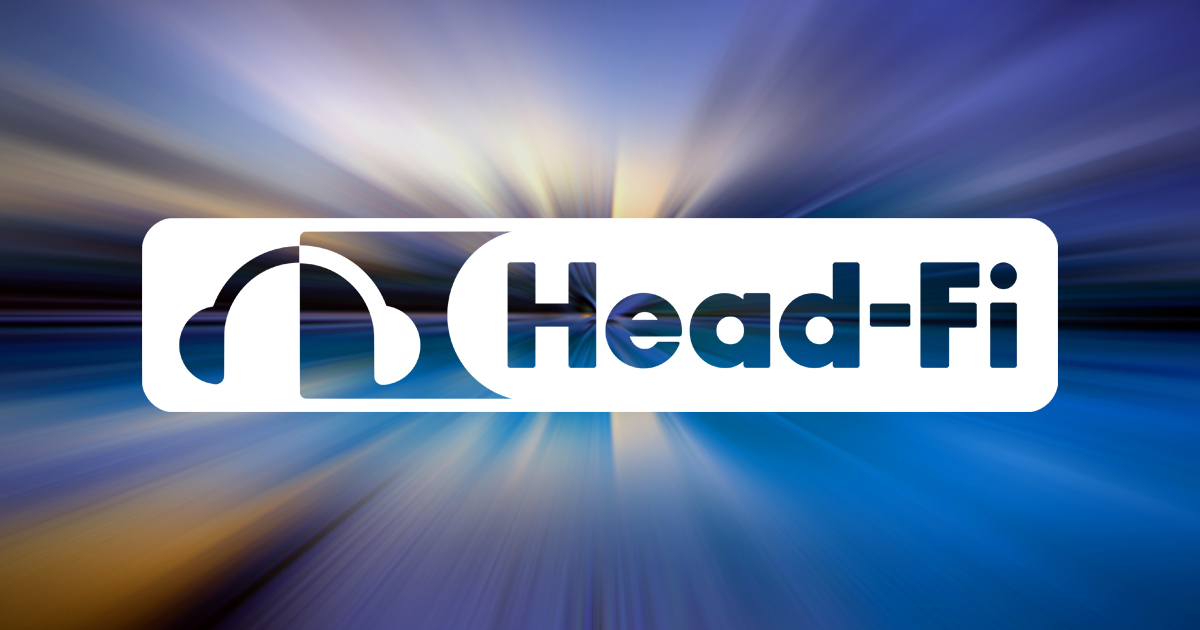the amount of leakage current going into the chassis of the TT2 and Mscaler really should be sorted. One hand on the mains chassis grounded Sugden amp and then lightly touching the Chord product with the other hand givers that finger tingling/static feeling which tells you the PSU leakage is rather higher than it should be in products of this cost.
One of the reasons for such with off-board SMPS is that they all, for reasons of EMC regs - tend to have a small class Y cap, usu c 2.2nF, from output back to Mains side -
across the output switch. Makes the emissions graph nice, but injects leakage current.
That's up to 0.1mA of mains leakage current (on UK mains) - harmless but as you say disturbing in terms of 'touch'.
Realise the effect of such a current might have in generating 50/100Hz/harmonic spectrum + intermod voltages across the length of shared-impedance such as single-ended interconnect. In say a 1-5meter of interconnect and all in-series connections inc plugs (say 1-10ohms for all included resistances, for decent-gauge cables... worse for others) well: that utterly ruins the potential SNR and for reasons that have nothing to do with how good the DAC is! At 10ohms for the interconnect, pessimistic but possible for some daft designs, you've just limited the maximal achievable SNR at 3Vac out of the dac to just -69dB (!)
It is also why Toslink
is probably best - because then you do not have leakage currents from the DAC's SMPS (any dac) and your laptop's (any laptop/ PC/ NUC) also in contention. It breaks that galvanic path, and for no penalty. Tie the two electrically using USB - who knows what is going on, and no it's not as clean a sound, even with a 'fixed' 5v supply (says a MoJo user since they came out)
tl;dr: no: I am not surprised that even daft-simple linear PSUs can be found beneficial - if so, the principal reason is the typical lack of such large, common-mode mains leakage currents entering the signal path. Yet this will be incredibly context-dependant.
[ETA: line 5 edited to make context clear following
@adamdea useful post below on balanced wiring.
NB - there will still be a 'touch voltage apparent!]


